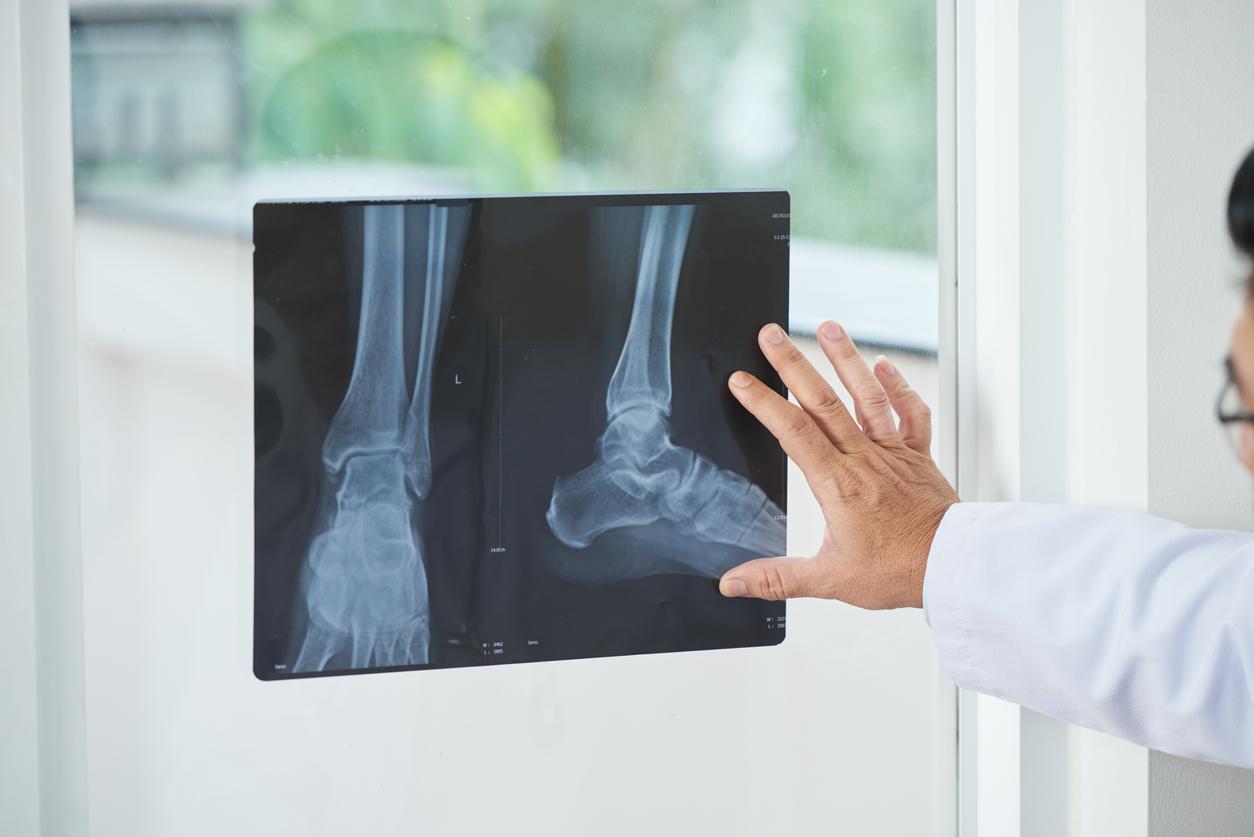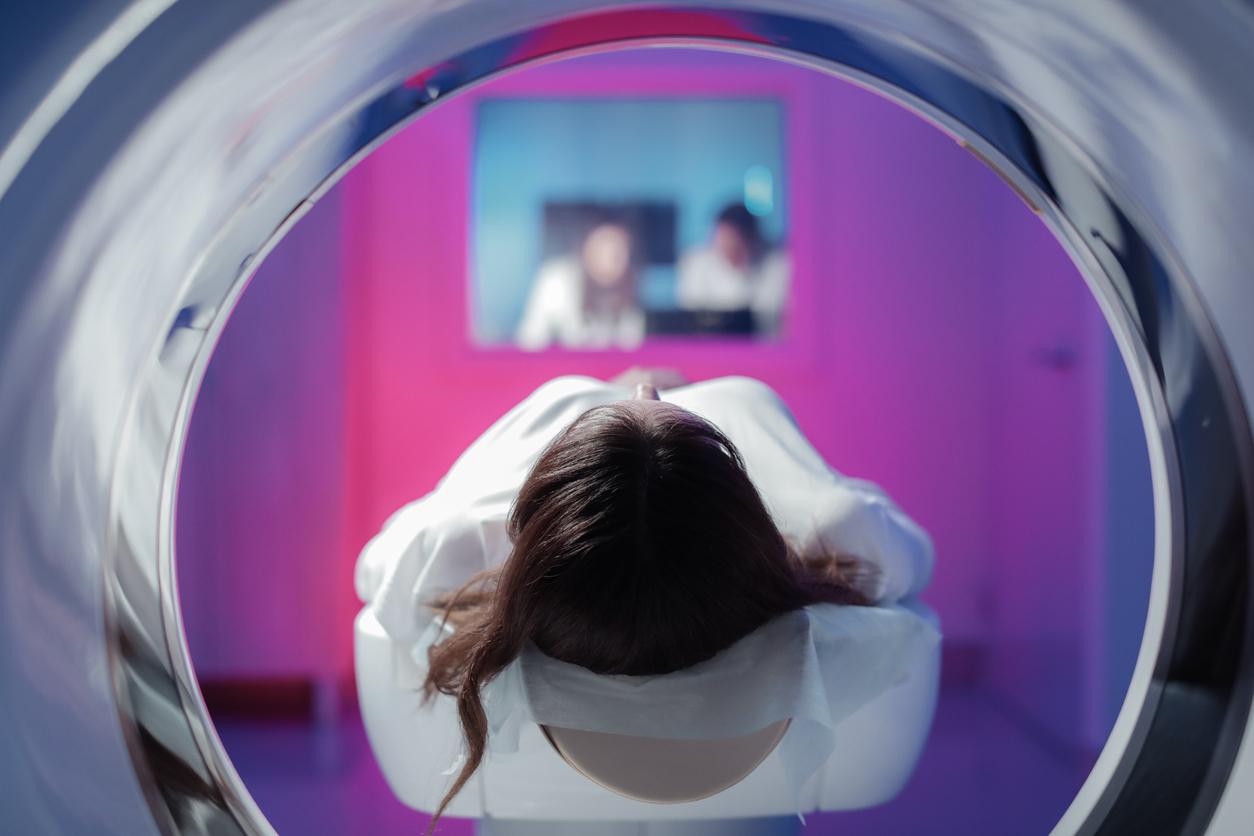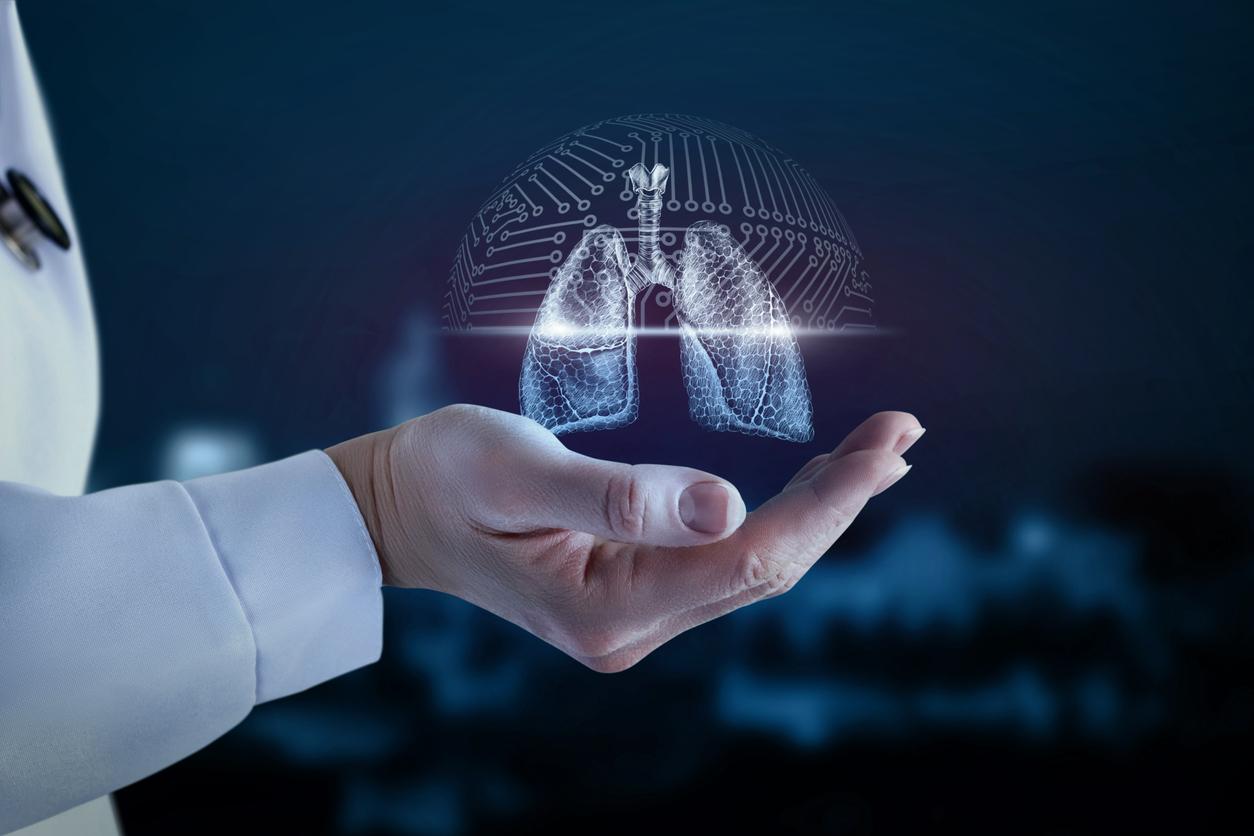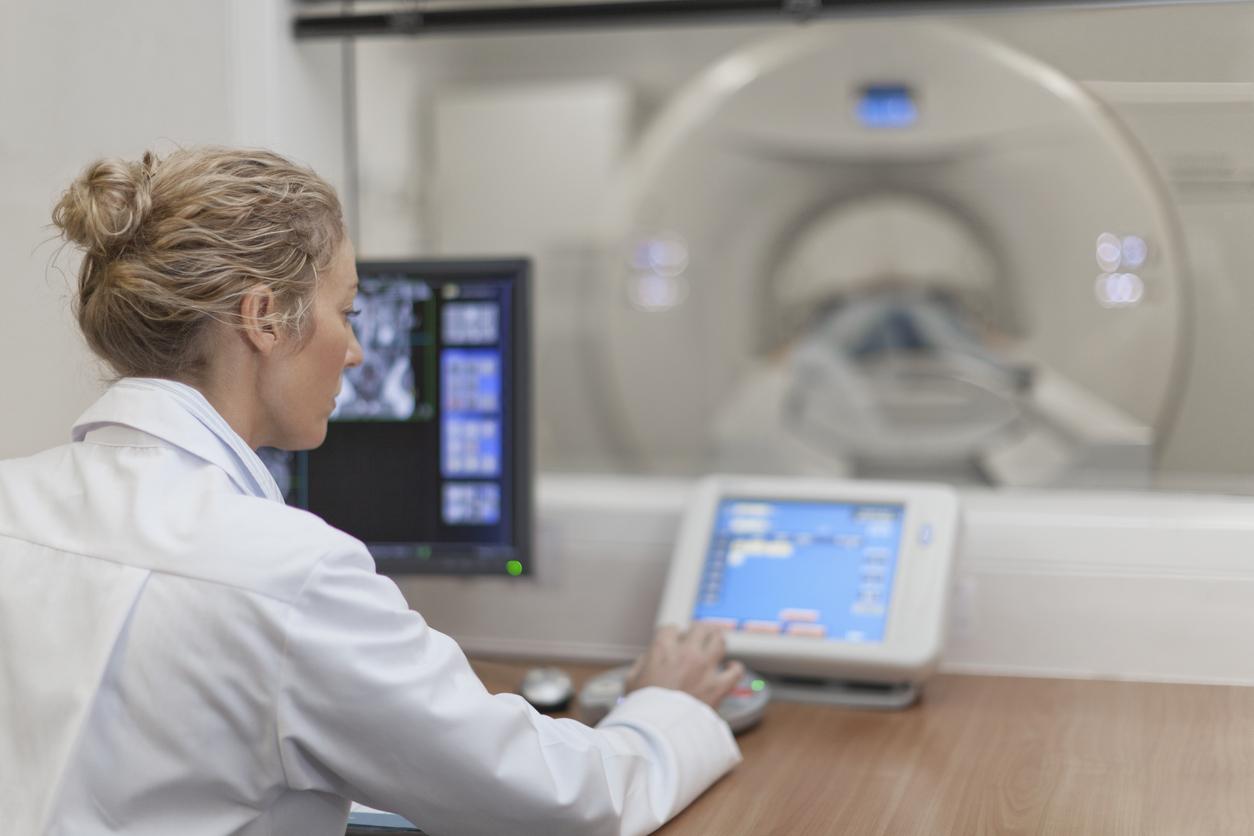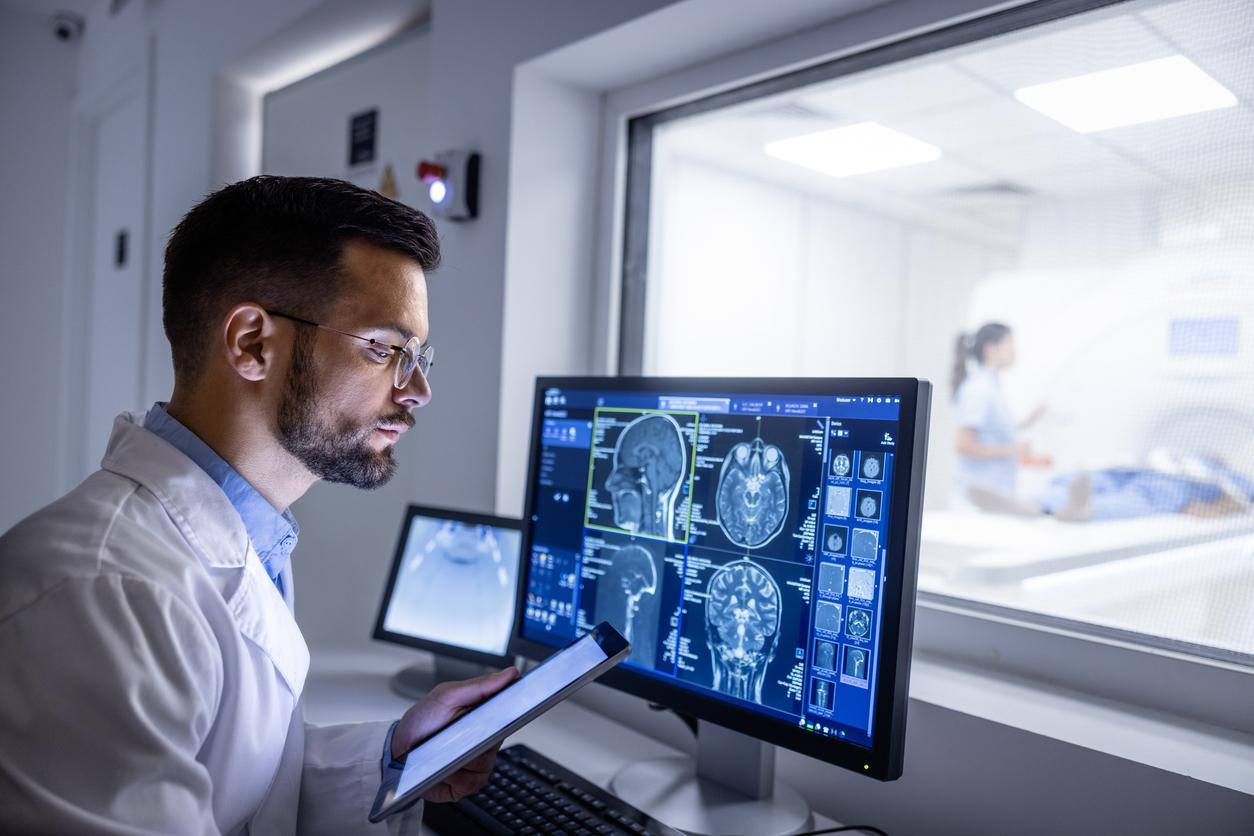In addition to poorly distributed equipment, medical imaging suffers from the division between public and private. The hospital faces a large number of vacancies, according to the Court of Auditors.
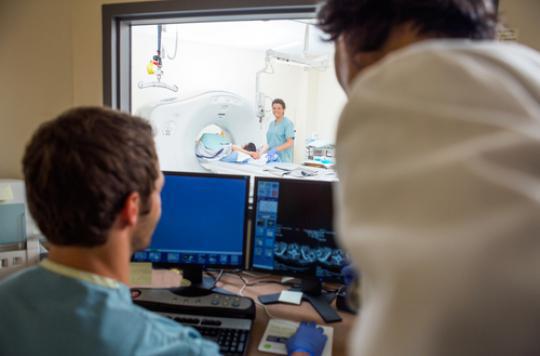
Health insurance expenses generated by medical imaging (radiography, CT scan, ultrasound, MRI, scintigraphy) are estimated each year at nearly 6 billion euros. A salty slate that could be used much better, according to the Court of Auditors. In a report published this Wednesday, the Sages of rue Cambon (Paris) draw up a blackboard of the state of medical imaging in France.
To begin with, they relate to human resources with “strong imbalances”. Three quarters of the 8,500 radiologists are in fact in liberal or mixed practice, and only a quarter are hospital employees. The proportion is 60/40 for the 700 nuclear physicians. And to further aggravate the problem, the report denounces a “very unequal” geographical distribution, with liberal radiologists who are proportionally more numerous in the southern regions and in Paris, and hospital practitioners (PH) relatively concentrated in CHU / CHR ( 37.5% of full-time PH and half of part-time PH).
Almost 40% of vacant PH positions
To this, we must also add a very large number of vacancies for practitioner positions in the specialty (nearly 40% of full-time PH positions vacant) within the public hospital sector. Finally, the latter also suffers from the resignation rate “by far the highest of all medical specialties (39% of the causes of final discharge from the body in 2014 against 14%, all specialties combined)”.
This observation, the authors explain it in particular by a significant differential of remuneration compared to the liberal exercise and by the constraints weighing on the hospital exercise: “such as the permanence of the care, but also the heaviness of its functioning, which is disrupting hospital medical imaging technical platforms in many areas ”.
Poorly distributed equipment
In addition, the Court of Auditors notes “significant disparities in the distribution of equipment”. Thus, Haute-Saône has a single MRI per 250,000 inhabitants (i.e. 4.17 MRI per million inhabitants) compared to an MRI for less than 40,000 inhabitants in Paris (27.66 MRI per million inhabitants) . And some areas generally considered attractive (Alpes-Maritimes or Loire-Atlantique) with around 10 MRIs even today have densities much lower than the national average, while rural departments (Vienne or Haute-Marne) have higher densities. , with more than 16 MRI scans.
“These strong disparities do not seem to correspond to any objective situation in terms of health needs”, specify the authors.
Thus, according to the annual study carried out for the association Imagerie Santé Avenir (ISA) by the firm CemkaEval, over the period 2004-2015, the average time to obtain an MRI appointment was certainly reduced. nearly 6 days (- 16%), going from 36 days to 30.3 days, but it varies greatly from one region to another: 19.7 days in Île-de-France compared to 61.2 days in Alsace in 2015.
40% redundant exams
Finally, the lack of information exchange between private and public imaging centers causes redundant actions, which are costly for the system. If hospitals now archive exam results, computer systems are not always compatible between two establishments. In this case, the patient is sometimes forced to repeat the series of examinations. Same problem of interoperability with the liberal sector. In the end, 40% of imaging acts would be redundant, estimate these experts.
To better adapt resources to needs, the Court recommends acting simultaneously on three levers: “improving the relevance of actions and promoting innovation by reallocating resources, reorganizing the offer around pooling between health establishments as well as between hospital sector and liberal sector and, finally, to upgrade hospital imaging by introducing more flexibility in the exercise of functions and in practices ”. The Court formulates in this sense eight recommendations.
.





